
Stroke is a very dangerous condition in which brain cells are killed or damaged. If the threat to life has been avoided, the person is likely to face other serious consequences: impaired motor function, speech, reduced memory, psycho-emotional disorders.
Every year, about 40 thousand new cases of stroke are registered in Belarus. More than a quarter of them occur among people of working age. There are more young patients. An important stage of treatment and restoration of impaired functions is rehabilitation, in which various techniques are used. One of the most modern methods of rehabilitation is transcranial magnetic stimulation (TMS).
Specialists of the Republican Clinical Medical Center: Director of the rehabilitation department Maxim Baryshev and doctor-neurologist Alexey Malkov told about this comprehensive approach.

What happens to the brain when you have a stroke?
Stroke is an acute circulatory disorder in the brain. It can occur due to clotting of the vessel by a clot or due to rupture of the vessel and hemorrhage into the brain. The first ischemic stroke is more common.
«Thromb moves from some area and closes a vessel - blood flow is disrupted. At first, there is a zone of acute ischemia - severe damage to the brain due to eating disorders, which begins to die. We have no influence on this anymore. But around this area there is a zone of penumbra - an area of reversible injury, which can still be saved if treatment is started on time»,- explains doctor-neurologist RKMZ Alexey Malkov.
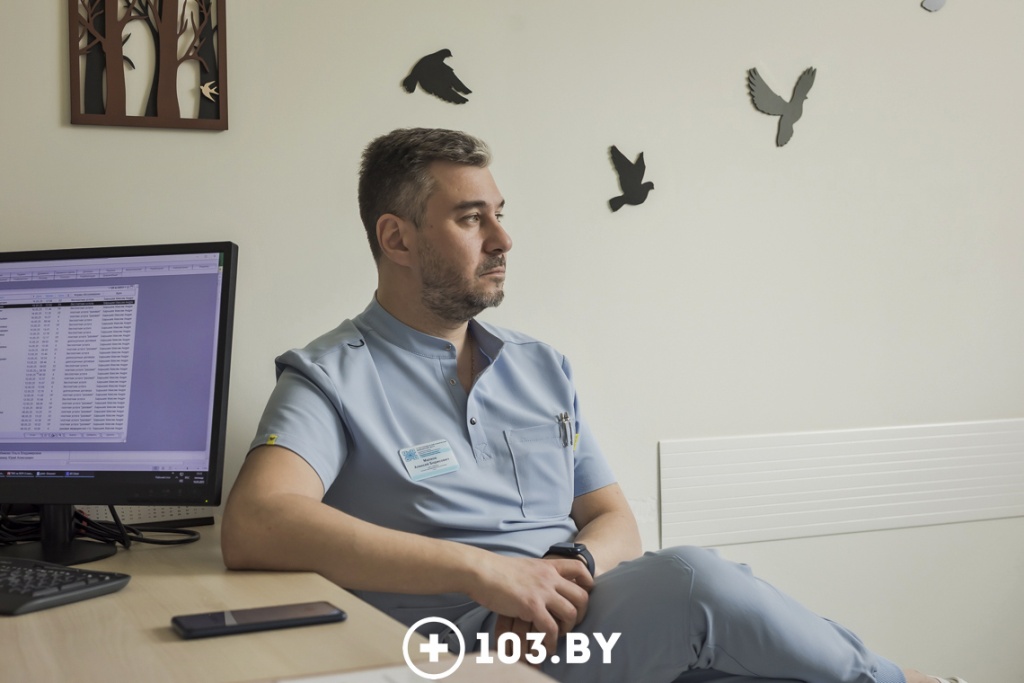
How to stop the death of brain cells?
The first emergency treatment is thrombolysis: the patient is given a special drug that destroys the clot. This allows blood flow to recover.
«However, thrombosis should be performed during the therapeutic window, which is 4.5-6.5 hours after the onset of the stroke. Then irreversible changes will begin. That’s why it is very important not to delay seeking medical assistance when the symptoms of a stroke appear»,- says Alexey Borisovich.
If the ambulance brings the patient back later, you can do a clot extraction, that is, remove the clots by special seizure. The operation is performed by an angio-surgeon.
These are two emergency treatments for stroke. The following is work on the consequences. And with the right approach, it starts immediately after the acute period, and sometimes during, doctors say.
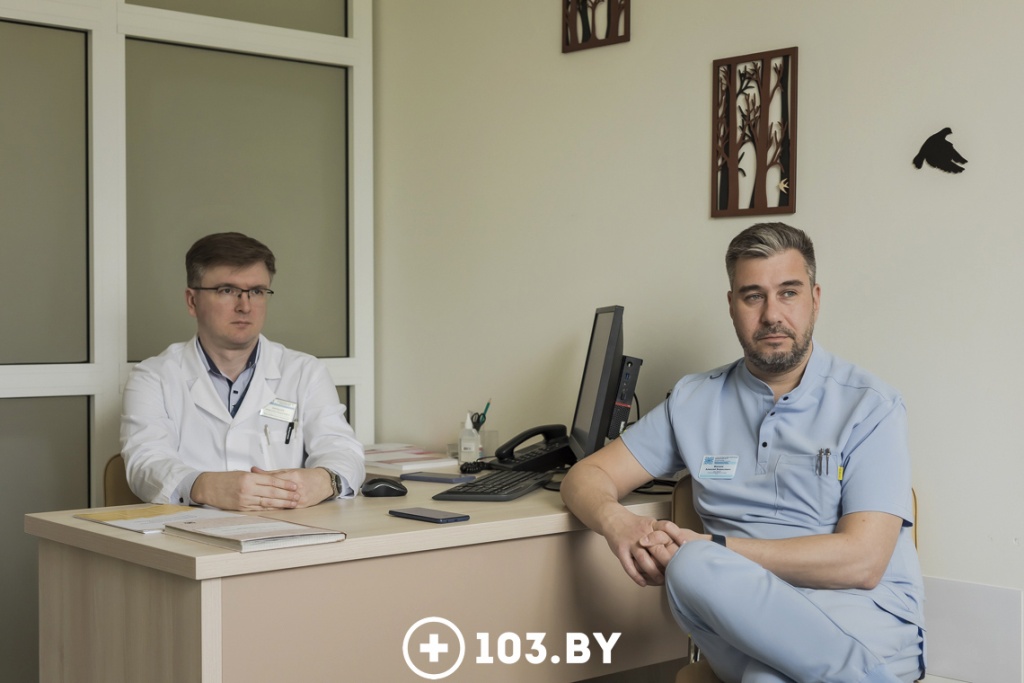
Medical rehabilitation: TMS and other methods
At this stage it is also important to act quickly - then the results are better. Although modern techniques allow to achieve success even many years after a stroke, specialists note. For example, transcranial magnetic stimulation (TMS). It is a painless procedure in which the patient’s brain is subjected to a high-intensity magnet.
«Transcranial magnetic stimulation can be applied already in the early recovery period together with classical rehabilitation methods. Confirmed that this combination accelerates recovery. The best combination at the moment: TMS and therapeutic physical education», - says the head of the rehabilitation department of the RKMC Maxim Baryshev.
Specialists say that the Republican Clinical Medical Center presents all the methods of rehabilitation available in the country: pharmacological therapy, botulinum therapy, magnetic stimulation, twisting, electrical stimulation, LCF. Which of these apply is decided in each case separately.
«We have a multidisciplinary approach: with the patient works an entire team, which includes physical rehabilitation instructor-methodologist, speech therapist, psychologist, physiotherapist, doctor-reabilitologist and neurologist. An individual rehabilitation program is formed for each patient», says Maxim Andreevich.
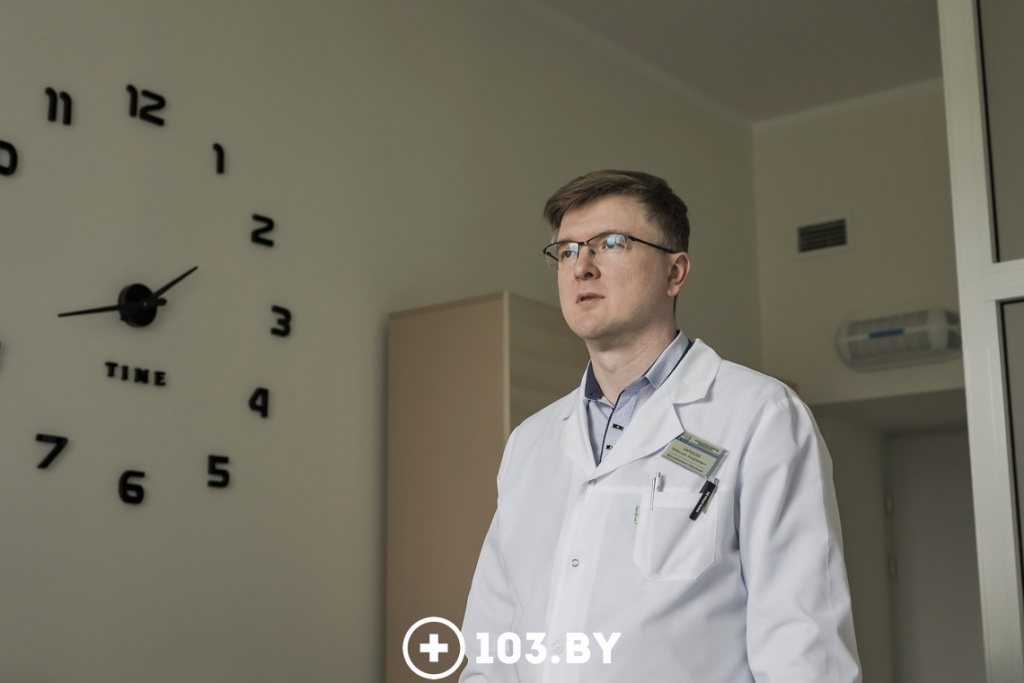
How exactly does magnetic stimulation help in the case of insulin?
Studies have shown that the effect of a magnetic field on the brain can both stimulate and suppress neurons. Thanks to this we can start the process, and slow down, to allow the sick hemisphere to work faster than a healthy one», - explains doctor-neurologist Alexey Malkov.
The effectiveness of the method in stroke is generally high. However, much depends on the regenerative capacity of the body, age of the person.
«It matters whether the neurons are able to form a collateral sprouting, that is, grow sideways, form new connections. Younger patients respond better to therapy than older ones. But you always have to try. If there are no contraindications, it certainly will not harm,» - says Alexey Borisovich.
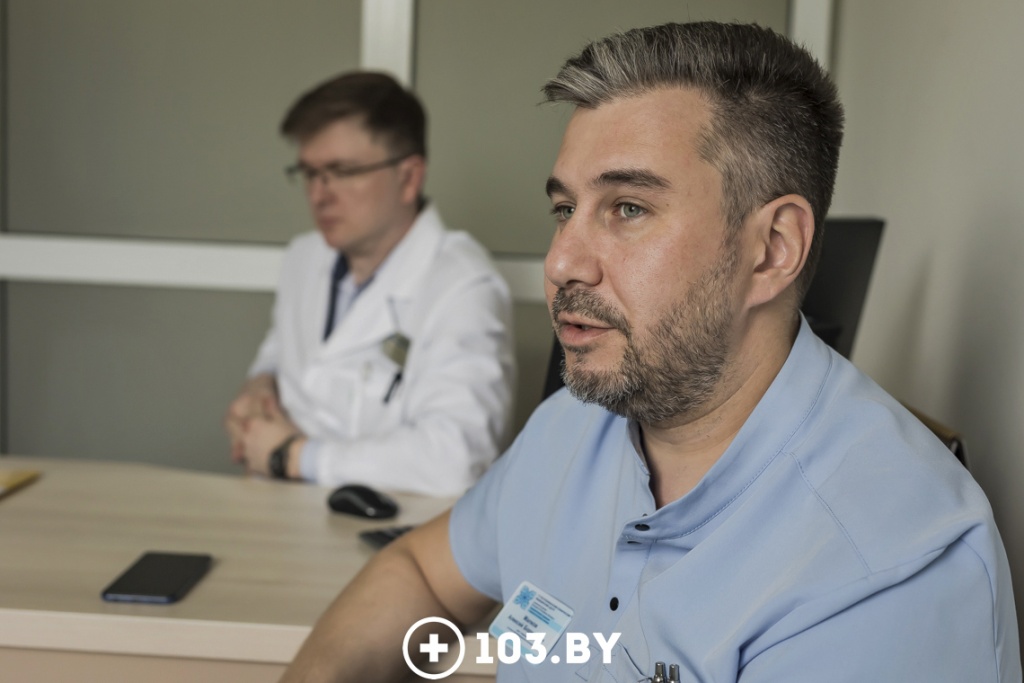
The time factor is also important: the earlier you start, the better. In medicine it’s always like that, says the doctor.
And in any case the improvement of walking, reduction of spasticity (increased muscle tone that impedes movement) do not occur immediately, the effect can be delayed.
Treatment of migraines, depression and other TMS opportunities
Today we are talking about transcranial magnetic stimulation in the context of treatment of the most frequent consequences of stroke: speech disorders, coordination. However, TMS also helps with migraines, common headaches, anxiety, depression, chronic pain, ticks, Parkinson’s disease, multiple sclerosis, neuropathic pain, etc.
It is possible to stimulate peripheral nerves that cannot be stimulated by current, for example in patients with chronic pelvic pain or peripheral lesions.
That is, TMS is very effective in neuroscience and psychotherapy.
If transcranial magnetic stimulation is applied specifically for rehabilitation after a stroke, the patient can get an additional positive effect. For example, getting rid of anxiety if it exists. In this case, the effect is often immediately noticeable, some patients fall asleep right during the session, doctors say.
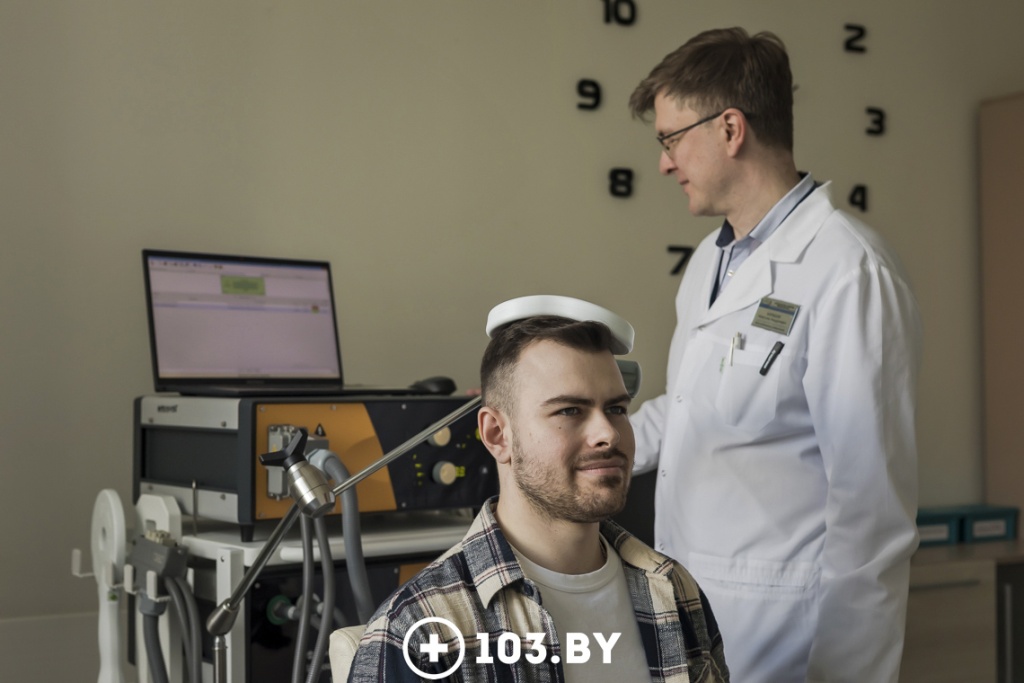
How is the procedure?
The patient sits down on a chair, the doctor determines the threshold of motor response for him - the appropriate magnetic field intensity for the action. Knowing the required power, a specialist chooses one of the programs in the system. Depending on the disease, an ultra-strong magnetic field is delivered to the cerebral cortex, spinal cord or peripheral nerves.
«With a special system we determine the points on the head, which will be aimed at. For example, when speech is impaired, it will be the temporal area. In depression we will affect the dorsolateral prefrontal cortex of the brain. In the case of motor disorders - on the so-called motor cortex, - explains Maxim Baryshev, head of the rehabilitation department of thC RCMC. - It’s like we’re redesigning a musical instrument. If we take high frequencies, we stimulate the cerebral cortex. If we take low frequencies, we lower the activity of the neurons. As Alexey Borisovich has already said, we activate the diseased hemisphere, we oppress the healthy - thereby achieving balance. This is especially relevant for patients with motor disorders».

Magnetic stimulation is not painful, the patient feels only clicks. Sometimes at the point of exposure, the muscles may twitch slightly if the exposure goes to areas of the brain that are closer to the face.
Transcranial magnetic stimulation is usually performed on a daily basis. With insulin, results are evaluated at the end of the course.
How many TMS sessions does it take to have an effect?
The classic course after a stroke - 10-20 procedures. But therapy can be conducted up to 6-7 weeks. The decision to extend is made by a multidisciplinary team. If necessary, a repeat course is also held after 4-6 months.
In other diseases, the effect can be achieved faster. Some pains go away during the first procedure. For example, a migraine attack TMS can stop in one session.
However, there are complex patients who need strong stimulation. For example, after spinal cord injury, when the arms, legs, pelvic organs do not work. These patients need many procedures to trigger recovery responses.
Even years later not everything is lost: TMS can help recover and late patients
People often get results from TMS, even if they had a stroke many years ago. For example, The Cerebellum magazine in 2023 described a case where for 12 years a man could not get out of his chair without help but was able to do so after five days of magnetic stimulation.
The doctors of RCMC have personally encountered such examples.
«We began to combine courses on rehabilitation of the distant consequences of a stroke. Against spasticity do botulinum therapy - muscles relax, increase the volume of movements in the arm, leg. Along with this, we use classical methods of rehabilitation and magnetic stimulation. The more ways used, the better the effect. It may be even 20 years after the stroke, although there are no guarantees, as everywhere, -& nbsp;says Alexey Malkov.
TMS Diagnostic Capabilities
Transcranial magnetic stimulation is not only a therapeutic but also a diagnostic method. As a method of diagnosis, it is used in conjunction with electroneuromyography (with its help you can examine the peripheral nerves).
«We can determine the conduction of a nerve impulse through the peripheral nerves, that is to see all the signal from the brain, the spinal cord, the elongated brain to the periphery. So we can see if there is a break somewhere inside. No method allows it anymore. Thanks to this examination, it is possible to carry out an early diagnosis of multiple sclerosis, for example», says a neurologist.
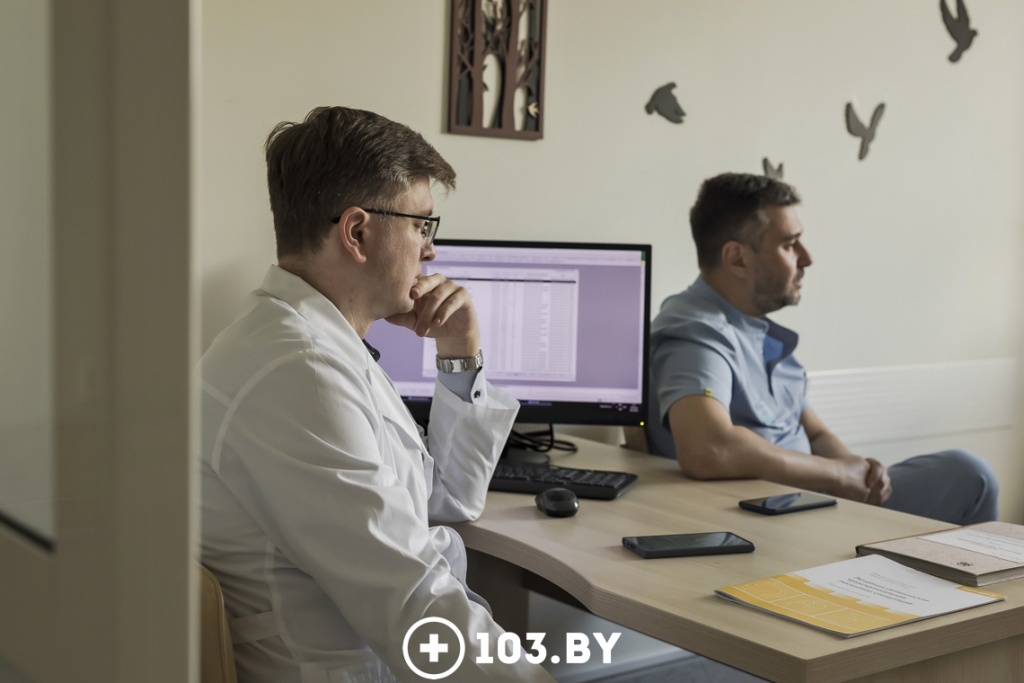
Who can not on magnetic stimulation?
The main contraindication to the procedure is metal in the area of exposure: various built-in electronic devices, pumps, stimulators, monitors that are on the body. They can be damaged by the high-intensity magnetic field.
Obviously, it is not possible to bring gadgets and other metal objects to the procedure.
TMS is also not indicated for patients with complex heart rhythm disorders and pregnant women.
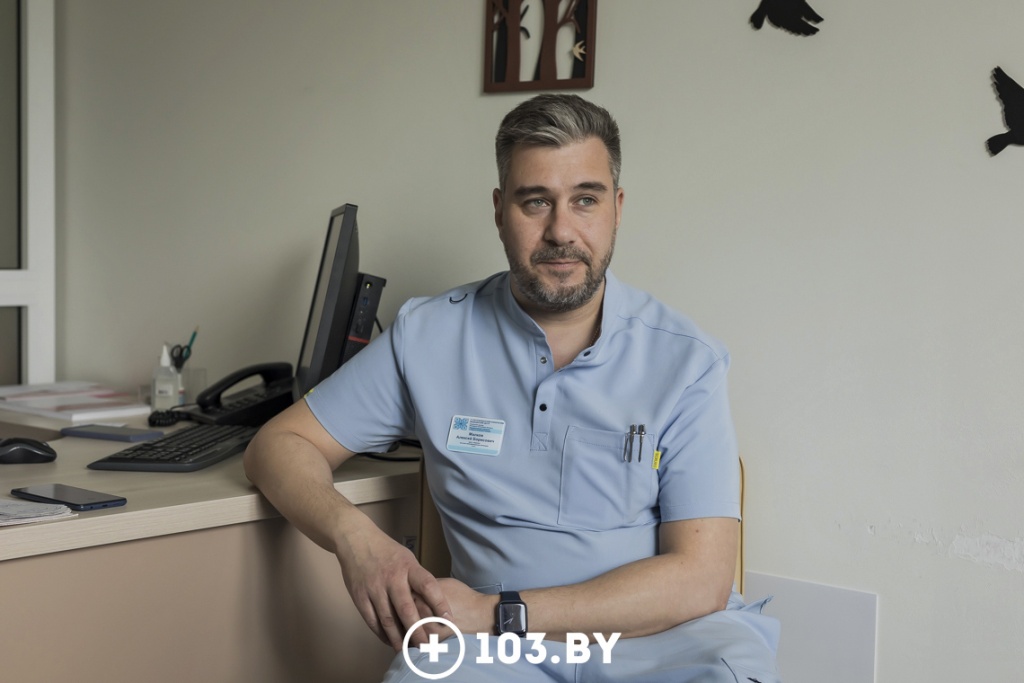
How important is what the machine and specialist?
«TMS machines appeared 15-20 years ago. Since then, of course, they have improved significantly. The important thing is that they «eat» very, very much electricity to create such a strong magnetic field. And all the machines that were used before, they got really hot and needed a lot of cooling. The doctor conducted a series of pulses in 3 minutes - and you have to wait half an hour until the technique cools down. These machines were very heavy and massive. The new ones have oil cooling, they do not require a stop. With the help of modern equipment we can take more patients in a short period of time»,- says neurologist RCMC.
Alexey Borisovich also notes the difference in the force of the impulse, on which depth of penetration depends. Previously, you could «punch» a small depth when acting on, for example, the brain. Now you can go up to 7 cm.
«That is the effect of therapy very much depends on the class of the device», adds the doctor.
The qualification of the specialist is also extremely important, because the deviation of the magnet beam even by millimeters completely destroys the entire program and, accordingly, the effectiveness of rehabilitation. For transcranial magnetic stimulation, doctors (neurologists, functional diagnostics doctors, reabilitologues, physiotherapists) receive additional training in neurophysiology, long-term and advanced.
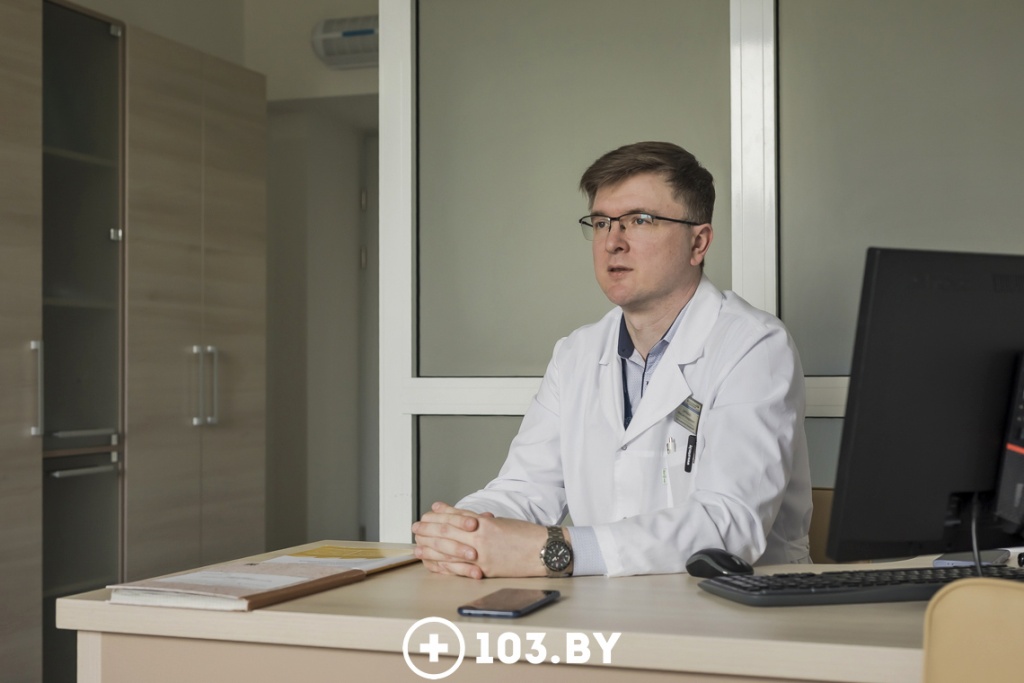
Home magnetotherapy device is a light version of TMS?
"During the home procedure, the effect is in milliteslas, and during transcranial magnetic stimulation - in teslas. That is, TMS is 1000 times more intense," explains Maxim Baryshev, head of the rehabilitation department at the RCMC.
Magnetic therapy home devices also have an effect, says the doctor, but they are used for other problems and for a different purpose.
Interviewed by: Kristina Goloviychuk
Photo: Elena Gordeychik
103.by



